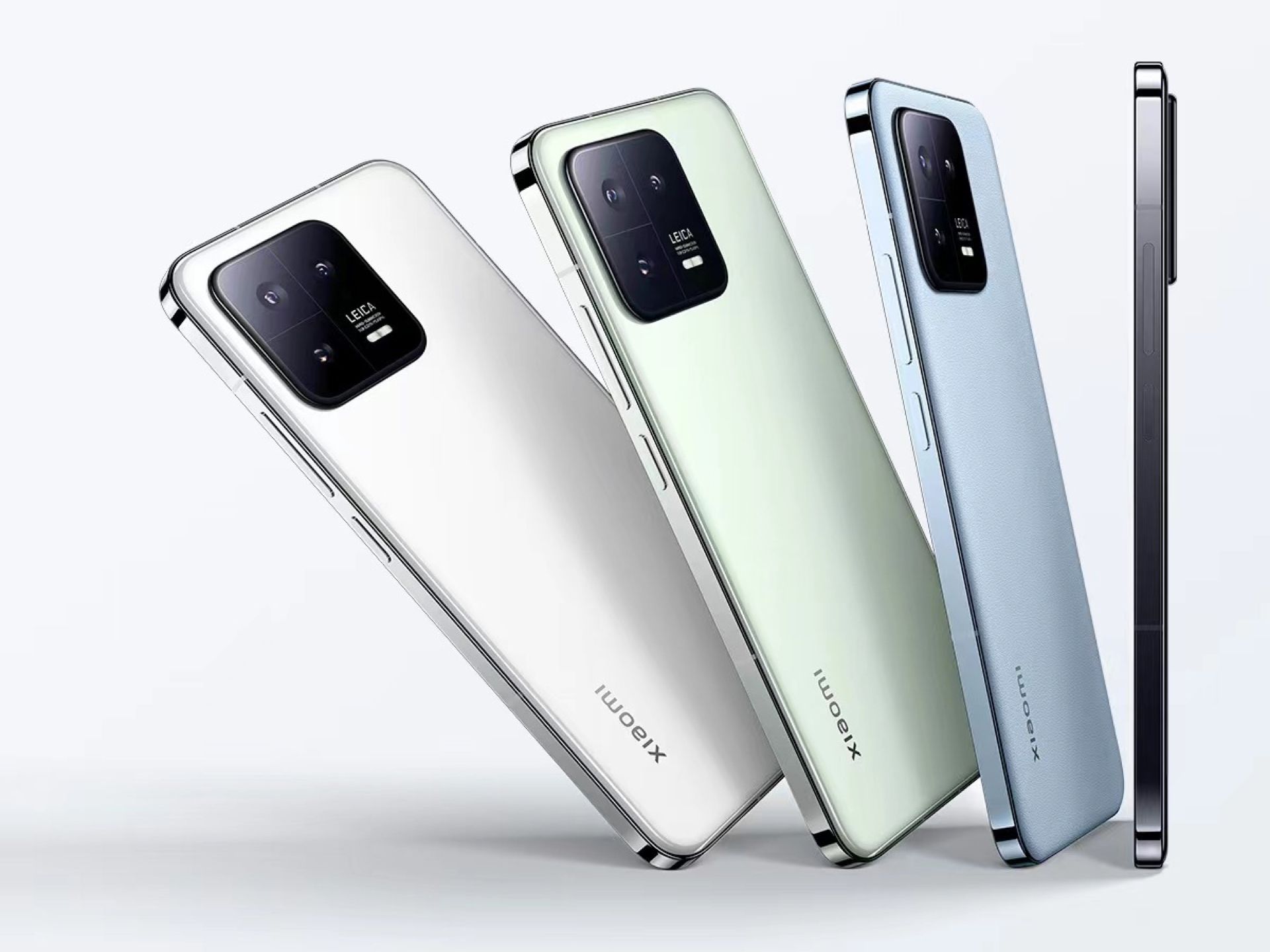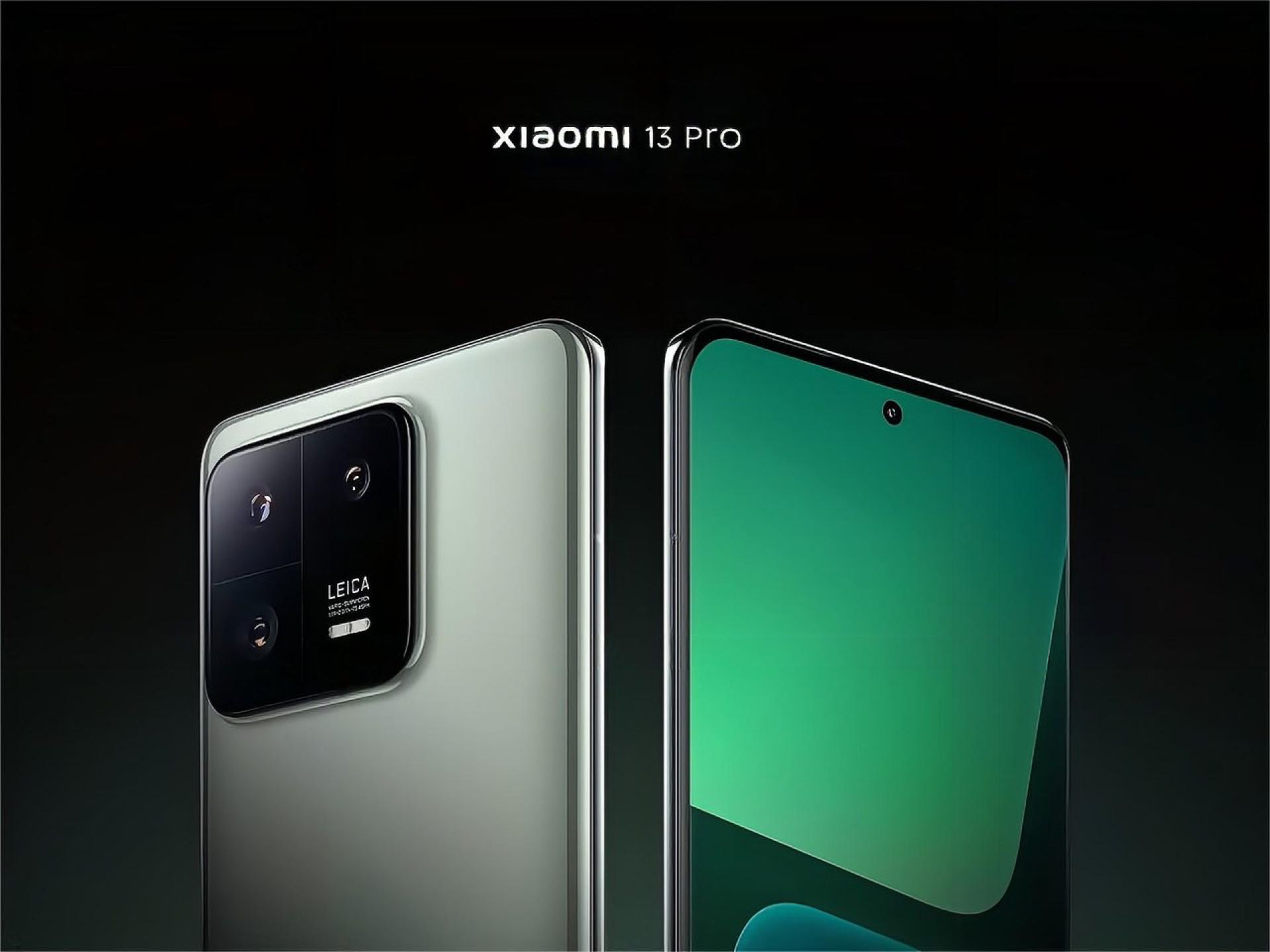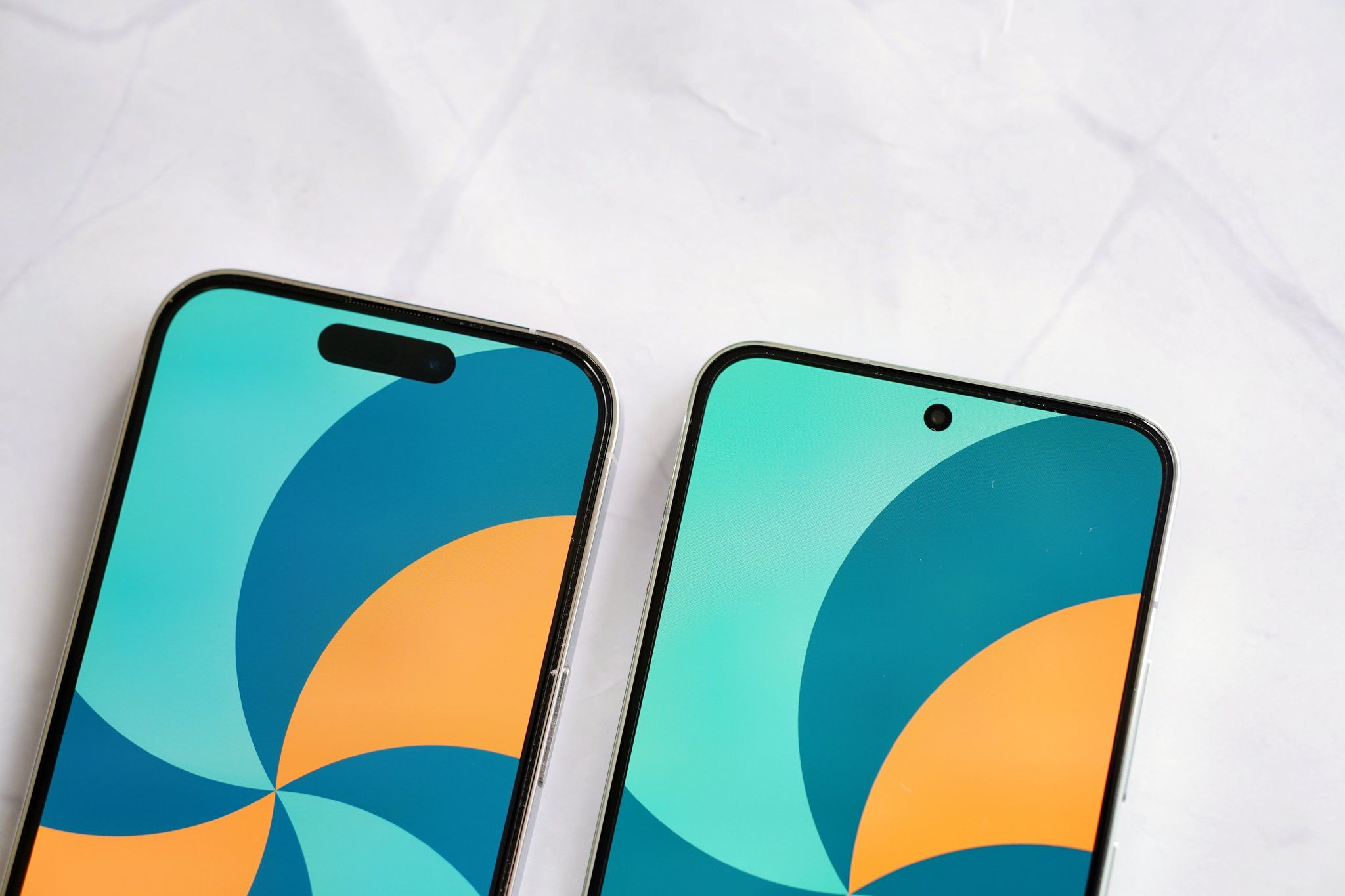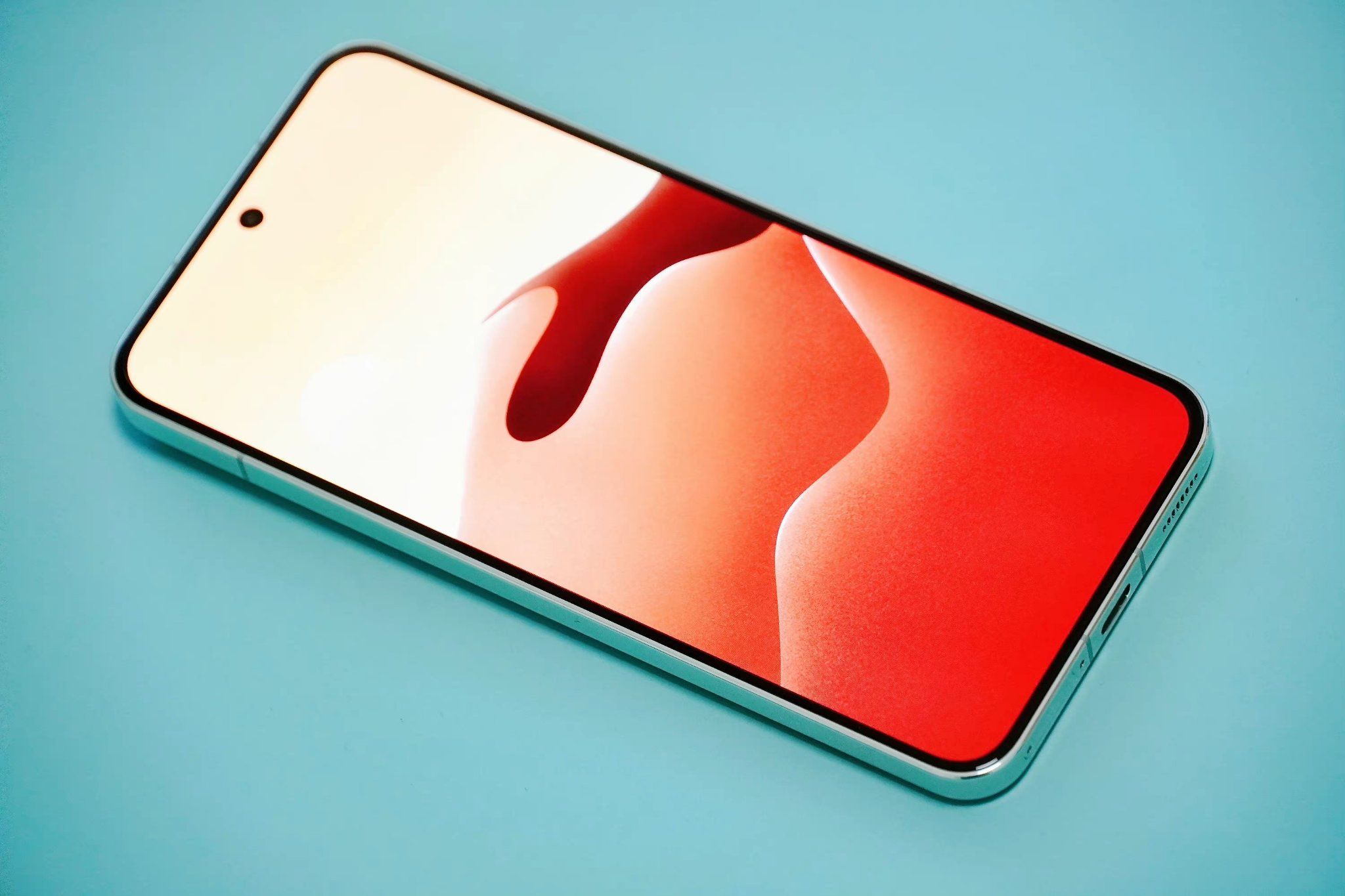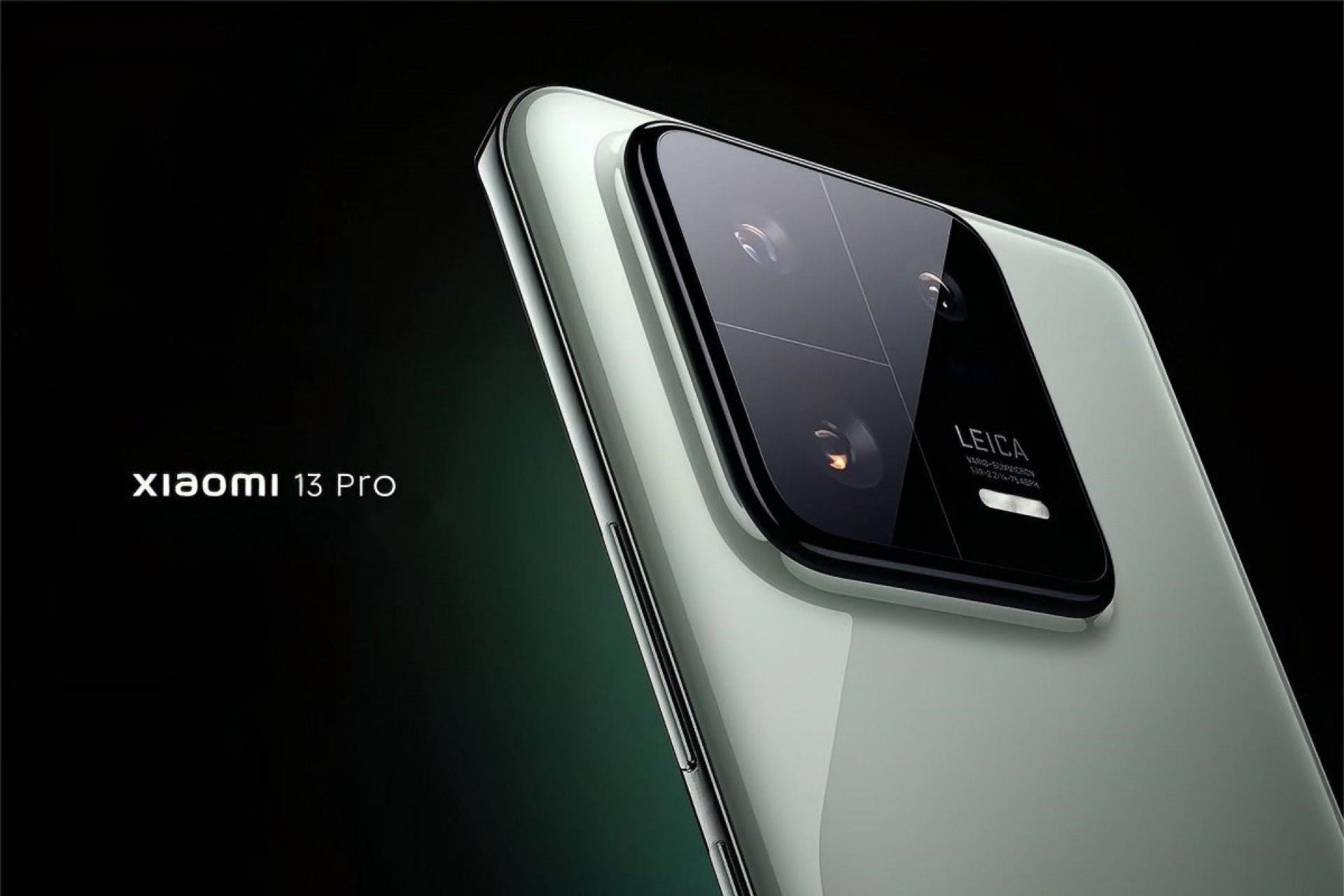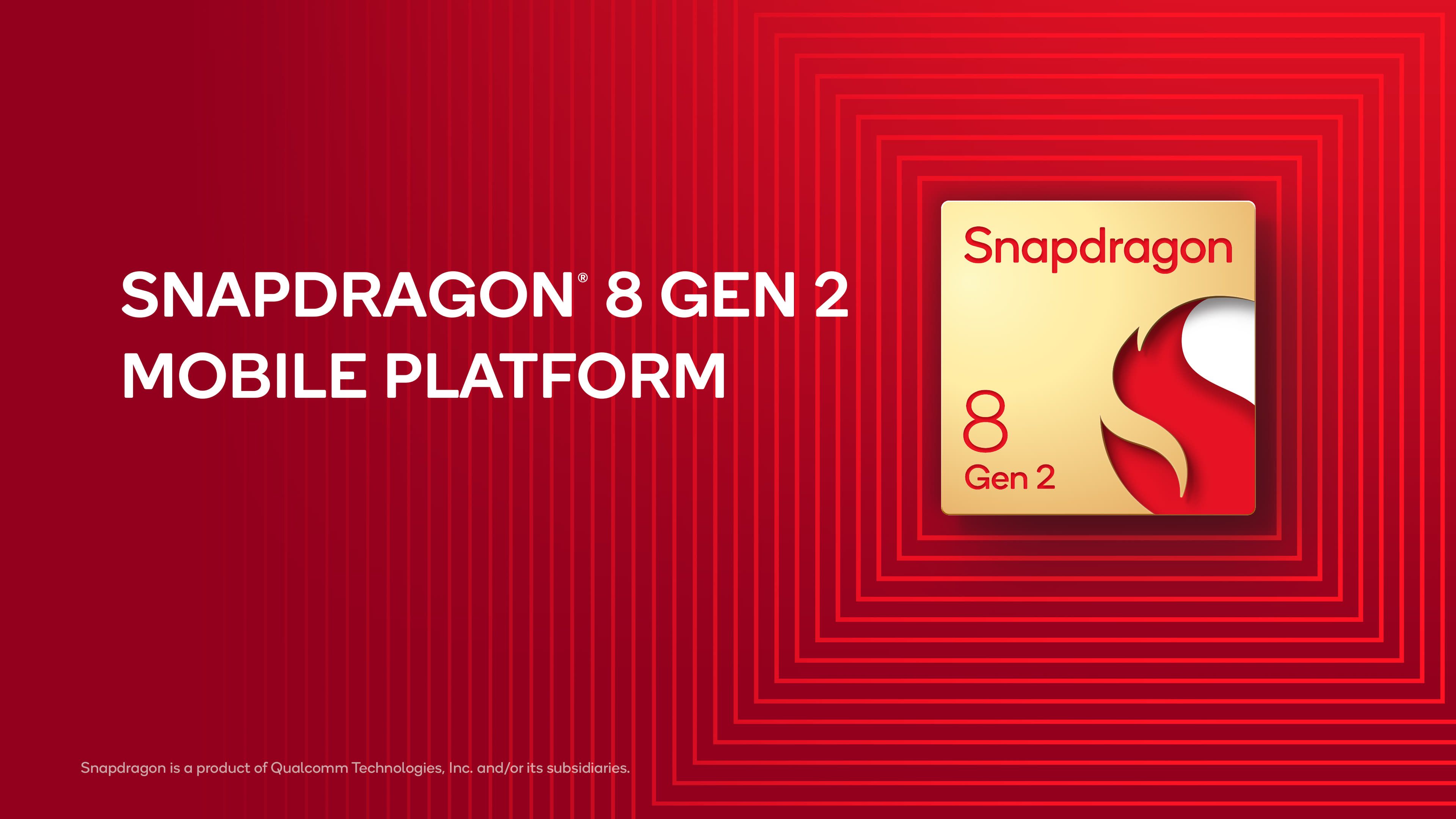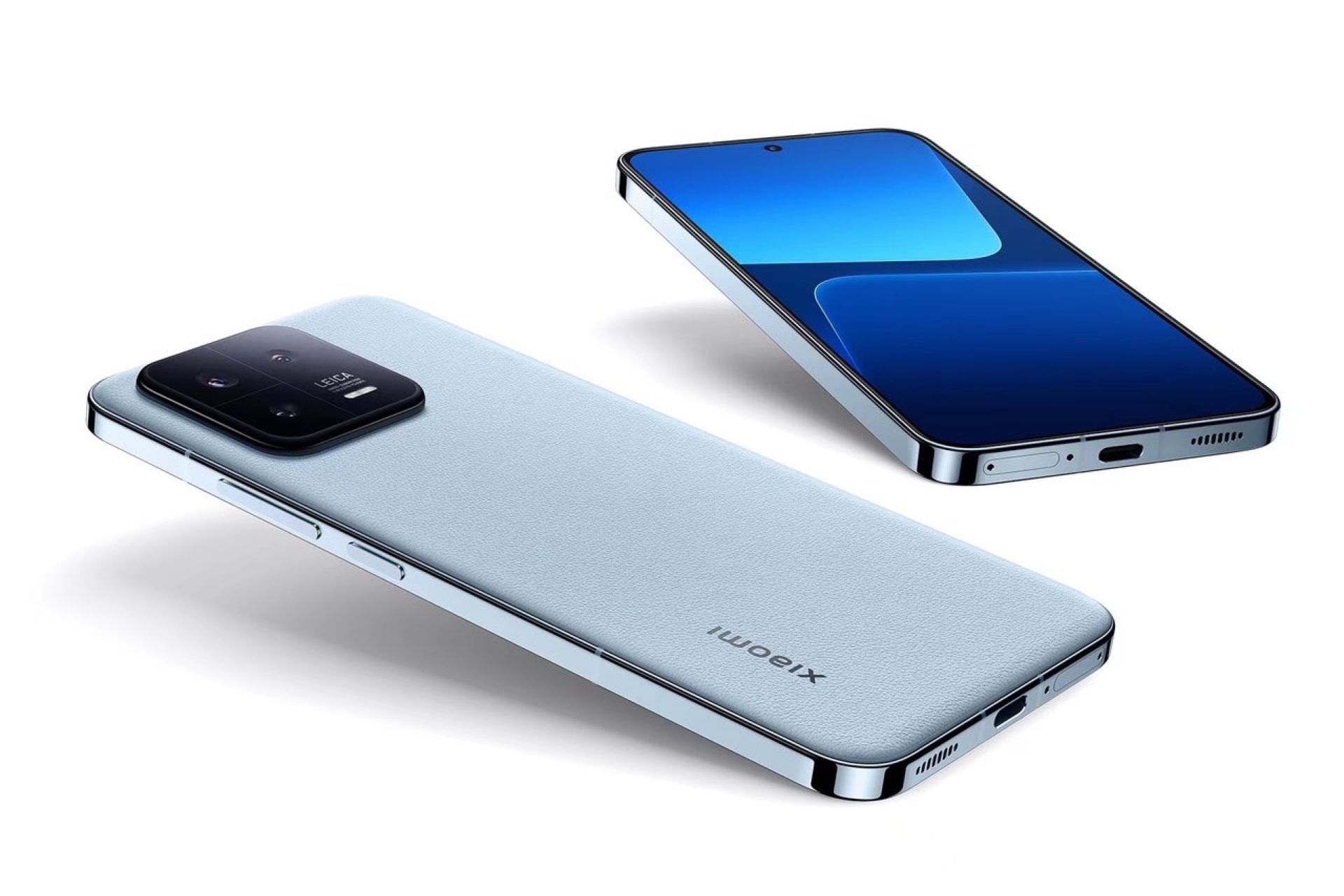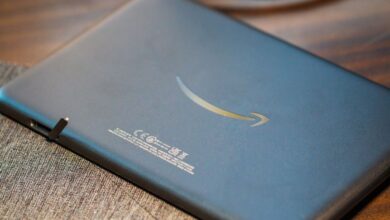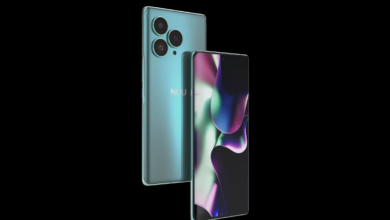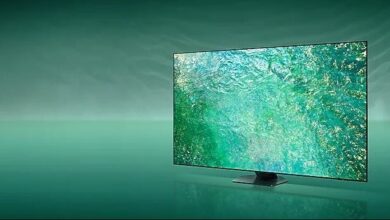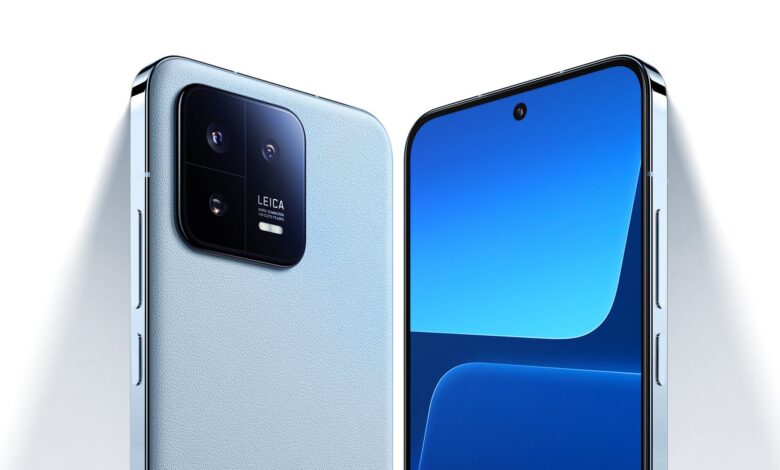
Price, specs, features, & everything you need to know
[ad_1]
Updated (December 12, 2022; 6:00 AM ET): Article has been updated to include official information from Xiaomi about the Xiaomi 13 and 13 Pro flagships.
After a 10-day delay, Xiaomi officially launched the Xiaomi 13 and Xiaomi 13 Pro on December 11, 2022. Equipped with high-end specs such as the latest Qualcomm Snapdragon 8 Gen 2 processor, Leica camera tuning, and up to 120W fast charging, Xiaomi 13 series goes against the likes of the iPhone 14 lineup and the upcoming Samsung Galaxy S23 flagship series. For those looking for an Android device with flagship-grade specs and a not-so-high price tag, the Xiaomi 13 and Xiaomi 13 Pro are great options. Here’s everything you need to know about the latest Xiaomi flagships.
Contents
Price and Availability
Like last year’s Xiaomi 12 series, Xiaomi 13 and Xiaomi 13 Pro are currently only available in China. They’ll be available for purchase starting December 14, 2022. Thankfully, the Founder and CEO of Xiaomi, Lei Jun, has confirmed that Xiaomi 13 and 13 Pro will be launched in global markets “soon.” We expect Xiaomi to release 13 and 13 Pro in global markets sometime in Q1, 2023.
Nonetheless, here are the prices for Xiaomi 13 and 13 Pro in China. There is a possibility that prices could be similar (more or less) on global markets as well.
|
Model |
Xiaomi 13 Pro |
Xiaomi 13 |
|---|---|---|
|
8GB+128GB |
CNY 4,999 (~$716) |
CNY 3,999 (~$572) |
|
8GB+256GB |
CNY 5,399 (~$773) |
CNY 4,299 (~$615) |
|
12GB+256GB |
CNY 5,799 (~$830) |
CNY 4,599 (~$658) |
|
12GB+512GB |
CNY 6,299 (~$902) |
CNY 4,999 (~$716) |
Specifications
|
Category |
Xiaomi 13 Pro |
Xiaomi 13 |
|---|---|---|
|
Build |
|
|
|
Display |
6.73-inch, LTPO OLED |
6.36-inch, OLED |
|
Display Features |
|
|
|
Processor |
Qualcomm Snapdragon 8 Gen 2 |
Qualcomm Snapdragon 8 Gen 2 |
|
Memory & Storage |
|
|
|
Rear Cameras |
|
|
|
Front Camera |
32 MP, HDR |
32 MP, f/2.0 |
|
Security |
Face Unlock, Under-Display Fingerprint Scanner, PIN, Pattern, Password |
Face Unlock, Under-Display Fingerprint Scanner, PIN, Pattern, Password |
|
Connectivity |
5G, LTE, Wi-Fi 6E, Bluetooth 5.3 |
5G, LTE, Wi-Fi 6E, Bluetooth 5.3 |
|
Ports |
USB-C, No 3.5mm Headphone Jack |
USB-C, No 3.5mm Headphone Jack |
|
IP |
IP68 |
IP68 |
|
Battery |
4,820 mAh |
4,500 mAh |
|
Wired Charging |
120W |
67W |
|
Wireless Charging |
50W |
50W |
|
Operating System |
MIUI 14 (based on Android 13) |
MIUI 14 (based on Android 13) |
|
Colors |
Black, Blue, White, Mint |
Black, White, Wilderness Green, Far Mountain Blue |
|
Starting Price (rumored) |
~$716 |
~$572 |
Design
Like every other Android flagship out there, Xiaomi 13 Pro features a curved-edge design. This smartphone resembles its predecessor, the Xiaomi 12 Pro, but there are a number of noticeable differences. For starters, the Xiaomi 13 Pro features a bigger camera module with Leica branding (more on the Xiaomi 13 Pro’s camera down below). Additionally, the device has a ceramic back and is available in three colors: white, black, and green. There is also a fourth blue variant, which comes with a leather back.
On the other hand, the Xiaomi 13 has a similar appearance to the Pro variant but features a flat-edge design. However, unlike the Xiaomi 13 Pro, you miss out on the ceramic back and instead, you get a glass-sandwich build. Similar to the Pro model, it comes in three glass back colors, namely white, black, and green, and a blue leather-back design.
While we’ll talk about the display in detail down below, it’s worth noting that Xiaomi 13 has the “narrowest chin” of all smartphones, leaving behind Apple, Samsung, and every other smartphone manufacturer. In my opinion, Xiaomi’s flat display with slim bezels looks more aesthetically pleasing than the curved-edge design of the costlier Xiaomi 13 Pro.
Finally, it’s worth noting that Xiaomi has included an official IP rating for the first time in its latest flagship smartphones. Both the Xiaomi 13 and 13 Pro are IP68 dust and water-resistant. This means they are highly resistant to dust and can withstand being submerged in water at a depth of up to 1.5 meters for a maximum of 30 minutes. However, only the Pro model is equipped with Corning’s Gorilla Glass Victus Plus, whereas the Xiaomi 13 lacks official Gorilla Glass protection.
Display
Xiaomi 13 Pro’s display remains unchanged (more or less) from the Xiaomi 12 Pro. It features a 6.73-inch LTPO OLED display with 1440 x 3200-pixel resolution. In addition, this display features support for up 120Hz adaptive refresh rate, HDR10+, Dolby Vision, and HLG. A major upgrade over the Xiaomi 12 Pro is that the Xiaomi 13 Pro features higher maximum and peak brightness levels. The display can go up to 1200 nits during normal usage, but the peak brightness boost can reach 1900 nits during HDR video playback.
The standard Xiaomi 13 features a flat 6.36-inch OLED panel that supports 1080 x 2400-pixel resolution and 120Hz refresh rate (not adaptive). Thankfully, Xiaomi has included support for high-end features such as Dolby Vision, HDR10+, and HLG. It is also worth noting that both Xiaomi 13 and 13 Pro feature an ambient color temperature sensor that adjusts the color temperature on the go and works much like Apple’s True Tone display technology.
Camera
The Xiaomi 13 Pro boasts a powerful camera system with a 50MP IMX989 primary camera lens with 1-inch sensor size and ‘Hyper’ OIS, a 50MP ultra-wide-angle sensor with a 115-degree FoV, and a 50MP telephoto lens with 3.2x optical zoom. In contrast, the standard Xiaomi 13 features a 50MP primary sensor, a 12MP ultra-wide lens, and a 10MP telephoto shooter that also supports 3.2x optical zoom. Both models feature a 32MP camera on the front.
Xiaomi has worked with Leica to improve both the image processing aspect and the hardware aspect of the Xiaomi 13 devices. While we don’t recommend you to judge the camera’s performance solely based on the specs, Xiaomi claims that the 13 and 13 Pro camera offers high-quality performance and impressive image quality — and early camera samples suggest the same.
Processor
As confirmed earlier, both Xiaomi 13 and 13 Pro are powered by the Qualcomm Snapdragon 8 Gen 2 processor. Qualcomm recently introduced the Snapdragon 8 Gen 2 chipset, and it offers a lot of upgrades over the previous generation Snapdragon 8 Plus Gen 1. The 4nm node process-based chipset offers up to 3.2GHz CPU speeds, hardware-accelerated ray-tracing, Wi-Fi 7, AI improvements, and a lot more.
The Snapdragon 8 Gen 2 processor is coupled with 8 or 12 GB of RAM and up to 256GB UFS 4.0 storage on the Xiaomi 13 and up to 512GB UFS 4.0 storage on the Xiaomi 13 Pro. There is no MicroSD card slot on either of the phones. It’s also worth noting that both Xiaomi 13 and 13 Pro run on the company’s latest MIUI 14, which is based on Android 13, out of the box.
Battery
Both the Xiaomi 13 and 13 Pro offer impressive battery life and fast charging capabilities. The 13 Pro is equipped with a 4,820mAh battery and supports 120W fast wired charging. The standard Xiaomi 13 features a slightly smaller 4,500mAh cell and slightly slower 67W wired charging. Thankfully, both models support 50W wireless charging and 10W reverse wireless charging, making it easy to recharge the phone without the need for cables.
Overall, the Xiaomi 13 and 13 Pro are excellent Android flagship smartphones. While the company has confirmed that it’ll launch these devices in the global markets, it remains to be seen whether (or rather, how soon) it delivers on its promise. In the meantime, tell us about your thoughts on the Xiaomi 13 and 13 Pro? Drop a comment down below and let us know!
[ad_2]


